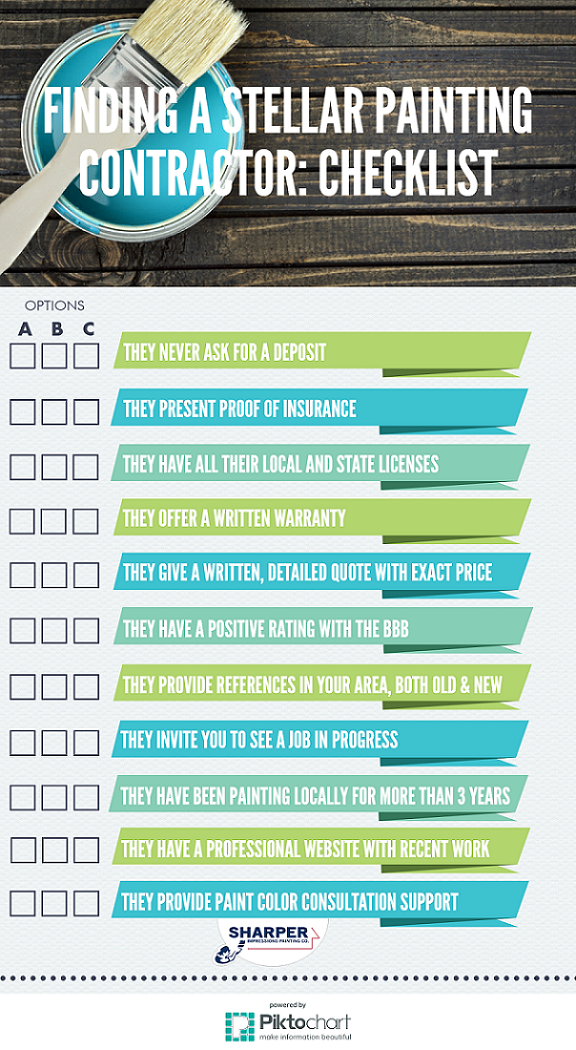Seasonal Factors In Industrial Exterior Painting: Secret Insights You Ought To Know
Seasonal Factors In Industrial Exterior Painting: Secret Insights You Ought To Know
Blog Article
Published By-McLamb Skafte
When you're planning a business external paint project, seasonal aspects can make or damage your results. louisville painters 'll intend to consider just how temperature and humidity effect paint application and drying out times. Picking the ideal season can ensure your paint sticks effectively and lasts much longer. However which seasons are really the best for this type of work? Let' cabinet painting out the crucial elements that can impact your task's success.
The Effect of Temperature on Paint Application
When you're intending a commercial exterior painting job, the temperature level can dramatically influence how well the paint adheres and dries out.
Preferably, you intend to repaint when temperature levels range in between 50 ° F and 85 ° F. If it's also chilly, the paint might not heal appropriately, leading to problems like peeling off or cracking.
On the other hand, if it's too hot, the paint can dry out as well rapidly, stopping appropriate bond and causing an unequal coating.
You need to likewise think about the time of day; early morning or late afternoon provides cooler temperatures, which can be much more desirable.
Constantly inspect the manufacturer's recommendations for the certain paint you're making use of, as they usually give advice on the suitable temperature level variety for optimal outcomes.
Moisture and Its Effect on Drying Times
Temperature isn't the only environmental aspect that affects your industrial outside paint task; moisture plays a considerable function too. High moisture levels can slow down drying times significantly, impacting the overall top quality of your paint task.
When the air is saturated with moisture, the paint takes longer to treat, which can bring about issues like poor attachment and a greater risk of mildew development. If you're repainting on a particularly damp day, be gotten ready for extended wait times between coats.
It's critical to keep track of local weather conditions and plan appropriately. Ideally, go for moisture levels in between 40% and 70% for optimal drying.
Maintaining these factors in mind ensures your job stays on track and delivers an enduring finish.
Best Seasons for Commercial Outside Paint Projects
What's the most effective season for your commercial external paint tasks?
Springtime and very early autumn are generally your best options. During these periods, temperature levels are mild, and moisture levels are frequently reduced, producing perfect problems for paint application and drying out.
Stay clear of summertime's intense heat, which can trigger paint to dry also promptly, leading to inadequate attachment and coating. In a similar way, wintertime's cold temperature levels can prevent appropriate drying out and treating, taking the chance of the longevity of your paint task.
Aim for days with temperatures between 50 ° F and 85 ° F for optimal outcomes. Keep in mind to examine the regional weather forecast for rainfall, as wet conditions can destroy your project.
Planning around please click the following web site ensures your paint job runs smoothly and lasts much longer.
Verdict
To conclude, intending your commercial exterior painting projects around seasonal considerations can make a substantial difference in the result. By scheduling work throughout the optimal temperature levels and moisture degrees, you'll make certain much better adhesion and drying times. Bear in mind to watch on local weather prediction and pick the correct time of year-- spring and early loss are your best options. Taking these actions will help you accomplish a sturdy and specialist surface that lasts.
